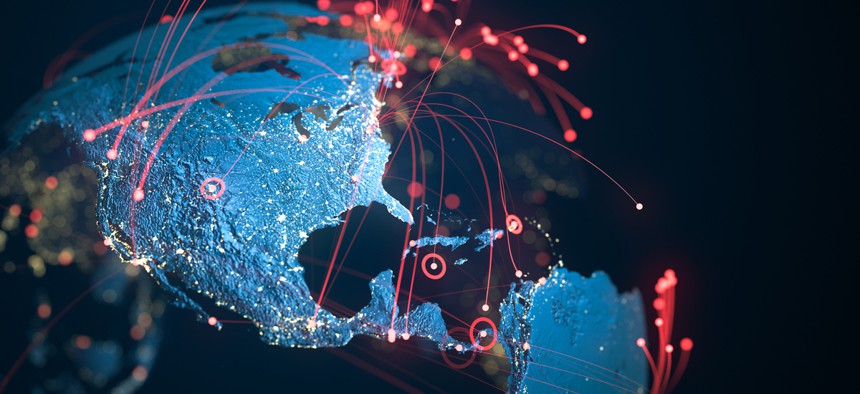How USAID Global Health Improves Data Sharing, Helps People in Need and Saves lives
USAID Global Health wanted a more effective way of aggregating and disseminating the program data it had been collecting from health systems worldwide for over 60 years, in areas such as food security, child health and pandemic threats. The organization leveraged Tableau to turn that goal into a reality.
Presented by
Tableau

The US Agency for International Development (USAID) integrates US foreign policy with the financial support needs of developing countries. The agency's mission is to expand democracy and free markets while improving the lives of individuals in undeveloped and crisis-ridden parts of the world. Within USAID, the Bureau for Global Health allocates over $5 billion annually to support programs that combat infectious diseases, help prevent child and maternal deaths, and control the spread of HIV/AIDS.
USAID Global Health wanted a more effective way of aggregating and disseminating the program data it had been collecting from health systems worldwide for over 60 years, in areas such as food security, child health, and pandemic threats. Due to unique data collection challenges in each of the 80 countries it served, the bureau struggled in its mission to empower front-line workers to improve health systems and outcomes through data-driven decision making and analysis. Not enough of the data was reaching the people who needed it, and when it did, the scattered nature of how it was collected resulted in a low level of trust in the data sets. USAID Global Health needed a way to collect more data and use it to its fullest potential.
Click here to find out how the organization leveraged Tableau's dashboards to turn that goal into a reality.
This content is made possible by our sponsor Tableau; it is not written by and does not necessarily reflect the views of GovExec’s editorial staff.
NEXT STORY: Behind the Numbers: Amid Financial Uncertainty, Data Visualization Spurs Economic Recovery





